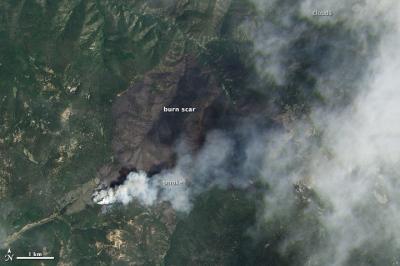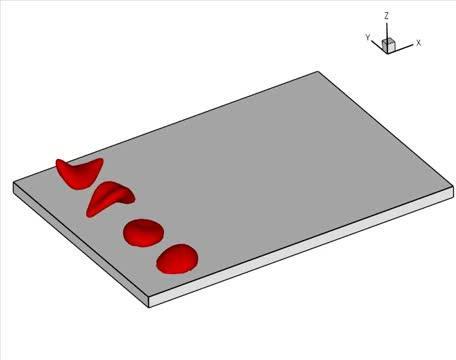A CSIRO radio telescope has detected the raw material for making the first stars in galaxies that formed when the Universe was just three billion years old — less than a quarter of its current age.
This opens the way to studying how these early galaxies make their first stars.

